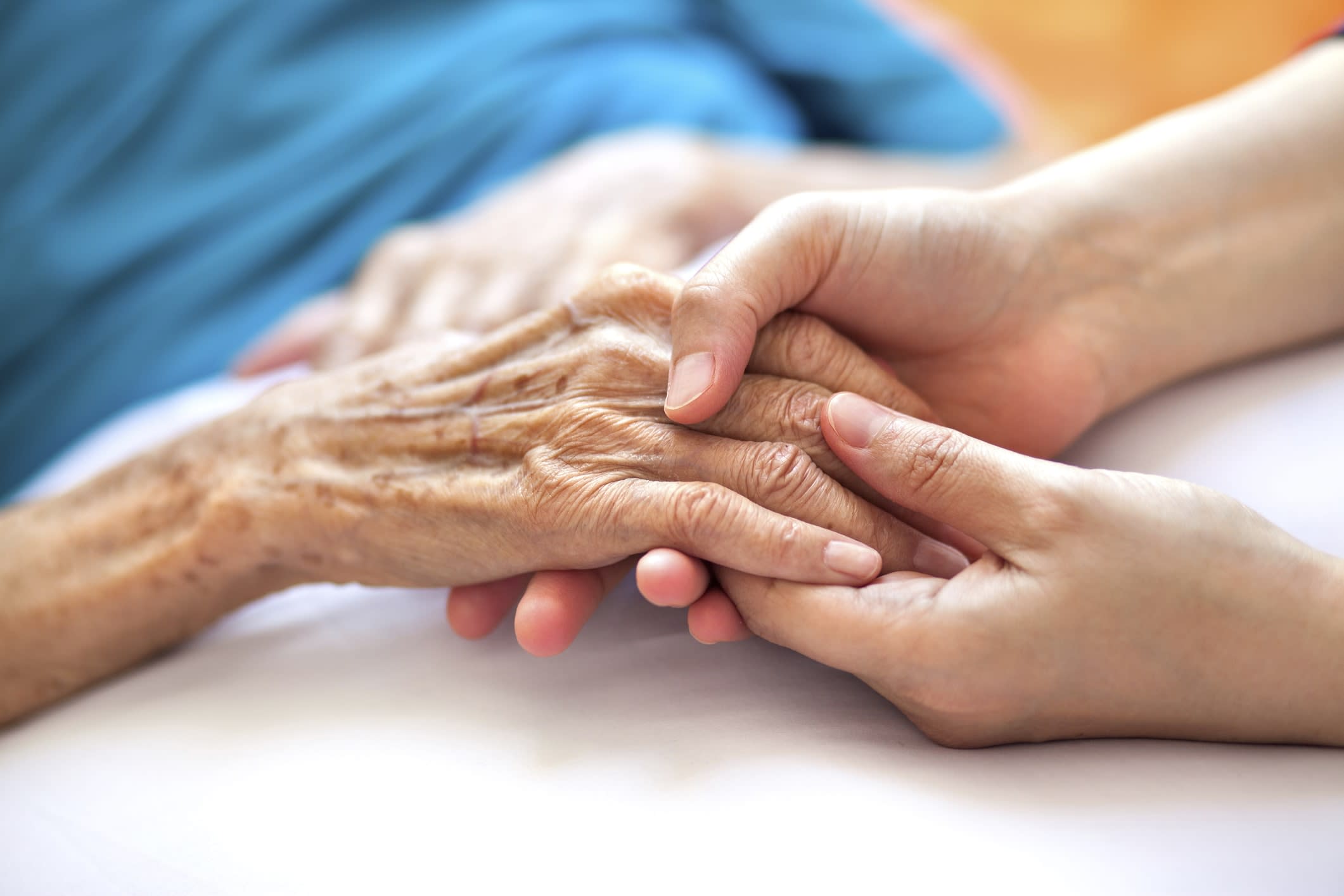The tumultuous royal commission into the Australian aged care system concluded two years ago with a suite of 148 recommendations – a complete overhaul of “an aged care system in crisis”, according to Anika Wells, the federal minister now holding the aged care portfolio.
Helen Rawson
Associate Professor, School of Nursing and Midwifery
Elizabeth Manias
Professor (Research), School of Nursing and Midwifery
The final report, Wells said, was “a call to action to put people back in the centre of aged care”.
The Albanese government’s aged care reforms will require aged care homes to have a registered nurse on site 24 hours a day from July, and mandate a minimum 200 care minutes per resident each day from this month.
The federal government and the taskforce it appointed are still trying to figure out key issues in making the system work better. The taskforce initially reports back to the government this month, then again in December.
Monash’s Associate Professor Helen Rawson, the Deputy Head of the School of Nursing and Midwifery, has led a team of researchers that includes Professor Elizabeth Manias (also from the School of Nursing and Midwifery) with others from Monash Health and Deakin University.
Their study specifically looks at aged care nurses in two Victorian residential aged care homes, and how they feel about and operate within their workplaces. It’s newly published in the Nursing Inquiry journal.
Associate Professor Rawson spoke to Lens.
How is the Australian aged care sector looking post-royal commission?
It’s obviously going through a lot that came out of the royal commission, which then morphed into the pandemic. We all know the impact that the pandemic had in the aged care sector.
One of the things that’s really been affected is the workforce, and how difficult it is to get a workforce.

What’s the situation there?
Most of the people who provide care in residential aged care homes aren’t registered nurses, they’re personal care workers – around 70%. Then you have a minority enrolled nurse [EN] workforce and registered nurse [RN] workforce – 23%. Our minority workforce is growing.
But in order to ensure quality after the royal commission, the government said each aged care facility must have one RN 24 hours.
How do you do that? Because you can’t employ who isn’t there. How do you ensure that you can have recruitment into the sector, but also retention of who’s there?
A good and appropriate workforce has an impact on the quality of care.
Your paper talks about the importance of a good workforce with good cooperation, which you describe as “relational care”.
Which is really important, because in residential aged care, it’s not about one person doing the care. It’s really a multidisciplinary team involving nursing, medical and allied health professionals coordinated by a registered nurse.
But it really also involves the older person being at the centre, the person receiving care, their significant other, usually family.
But the internal care team needs to be working cohesively and on the same page with the person receiving care to ensure there are good outcomes for that person.
What would a multi-professional care team look like in an ideal world in this context?
Nursing – registered nurses and enrolled nurses. It will also include the GPs who come in to see their residents. You’d also have the allied health clinicians – physiotherapists, occupational therapists, and pharmacists. There might be a speech therapist or a dietitian involved.
And then you may have a geriatrician, for example. And then there’s personal care workers, and lifestyle and leisure groups or diversional therapists.
So as you can see, it’s very much different groups of professions and people coming together.
The paper finds that this doesn’t always work so well?
We found the teamwork between them may not be optimal. In our study setting, there were only registered nurses and enrolled nurses working in the home.
One group of nurses, the enrolled nurses, felt they were the people who were directly engaged with the residents, the people receiving care, but they had to provide information to the registered nurse to pass to another group from the multidisciplinary team, and that’s where information can get lost.
Whereas, as we say in the paper, the enrolled nurses need to have opportunities to engage with that multi-professional team so that information is provided not just accurately but promptly, as required, to ensure that there are the best outcomes for the resident.

It looks like some of the nurses you spoke to didn’t feel part of a team sometimes, or didn’t feel represented enough in a team?
Yes. Some of them felt that the way their workplace was structured was that the RN [registered nurse] was the focal point for that engagement with the multi-professional team.
However, what it then meant was that the ENs [enrolled nurses] in this case felt they weren’t getting enough information, so the response to how to coordinate care that’s best for preferences for the resident may not be the same. They felt this was very important – to have that freedom, and being part of that decision-making.
It goes to a broader issue, which is a need to support everyone involved in care to be able to feel they’re able to make meaningful contributions to support care and wellbeing. Really, true teamwork. And “everyone” includes the resident and their family.
Many of the nurses you spoke to were happy in their work, so it seems like the sector has to capitalise on that, with the old folks in mind?
A lot has happened in this workforce recently that has battered it about, but we need to make sure we keep focused on those receiving care and those providing that care.
The ultimate thing for me is safe, high-quality care for older people, and part of that is to have an engaged workforce that stays working.
The nurses we worked with enjoy and love what they’re doing. They were very dedicated to their work in aged care, but in our study, they scored quite low in “having impact” at work because they didn’t feel that they were part of the decision-making process, especially decisions about the residents’ care.
If you feel you’re making a genuine impact, then it’s a place you want to be. When we’re in a place where there are workforce shortages, there are difficulties recruiting and retaining people, we need to look at every aspect of that workforce to ensure they remain empowered and engaged so that they want to stay, but also new people feel that this is a place where they want to come and work, which links right through to high-quality care and wellbeing for the people they’re caring for.







